How to Grow Potato Onions: An Introduction to Growing Potato Onions
What are Potato Onions?
Potato Onions (Allium cepa var. aggregatum), also known as potato onions, pregnant onions, or Hill onions, are a long-term storage multiplier onion that can be grown in the fall or spring, depending on your region. When growing potato onions, the bulbs form clusters similar to shallots but are typically larger, with a stronger flavor. These onions also store much longer—up to 12 months if the conditions are right. If you're wondering how to grow potato onions, it's important to know they are long-day plants, which means they are not suitable for regions like southern Texas or Florida.

History and Origin of Potato Onions
Potato onions, also known as multiplier onions, have a rich history as a perennial variety of Allium cepa var. that has been commonly grown in home gardens for centuries. These onions are unique in that one bulb can produce several small bulbs, which can be planted in early spring or for fall-planted potato onions to yield a new batch of onion bulbs. Often referred to as pregnant onions or nesting onions, they naturally multiply, making them an excellent choice for sustainable gardening.
Unlike regular onions, long day onions like potato onions thrive when planted in raised beds, and they grow best when the soil is moist and fertile. With proper companion planting, they can produce true seed, although most gardeners prefer to grow potato onions using onion sets or medium-sized bulbs for a reliable harvest of larger onions.
Benefits of Growing Potato Onions
Growing potato onions offers numerous benefits for the home garden. As perennial onions, potato onions are low-maintenance and can be harvested over a year, with small bulbs growing into larger potato onions. Often referred to as pregnant onions or nesting onions, these bulbs naturally multiply, providing a sustainable supply year after year.
They are ideal for spring planting, and their ability to produce true seed and multiplier onions ensures a continuous supply of onion bulbs without needing to purchase new potato onion seeds each season. These long day onions, which are a variety of Allium cepa var., thrive in climates with longer daylight hours and are well-suited for gardeners looking for hardy, self-sustaining crops.
Additionally, their adaptability to various soil types, including raised beds, and their suitability for companion planting with crops like carrots and garlic make growing potato onions a practical and rewarding choice for gardeners.

Understanding Potato Onion Varieties
Common Varieties of Potato Onions
Understanding potato onion varieties involves recognizing the unique characteristics and growing needs of each type. Commonly grown potato onions, such as yellow potato onions and multiplier onions, are prized for their ability to produce multiple bulbs from a single onion bulb.
To successfully grow potato onions, it's crucial to understand how to grow potato onions by planting the right types of seed onions in the fall for optimal results.
Whether you're using potato onion seeds or starting with small bulbs, ensuring the soil remains moist and well-drained will help you achieve larger potato onions and a bountiful harvest.
Differences Between Potato Onions and Regular Onions
Understanding potato onion varieties highlights their distinct differences from regular onions. Unlike regular onions, which are typically grown from onion sets or seeds and harvested as single, large bulbs, potato onions—such as yellow potato onions and multiplier onions—produce multiple bulbs from one planted onion bulb.
To successfully grow potato onions, you need to plant potato onion seeds or small bulbs in the fall, ensuring the soil remains moist to support the growth of larger potato onions.
Additionally, while regular onions are usually grown as annuals, potato onions are perennial onions that can continue to yield for several years, offering a unique advantage in home gardens.
Choosing the Right Variety for Your Garden
Choosing the right variety of potato onions for your garden involves considering several factors to ensure optimal growth and yield. For those interested in how to grow potato onions, using potato onion seed or selecting from types like yellow potato onions and multiplier onions can impact your success.
Potato onion seeds offer the advantage of growing new plants from the beginning, while fall planted potato onions or those started from small bulbs can provide a steady supply of onion bulbs throughout the season.
Assessing factors such as bulb size, soil moisture, and planting time—whether in early spring or fall—can help you achieve the best results for growing potato onions in your home garden.

Growing Basics
Soil: Potato Onions grow in a wide range of soils, but prefer mildly acidic to neutral soils that are well drained and rich in organic matter.
Spacing: Space rows 12–18” apart, sow every 4–6” for small bulbs and 8” apart for larger bulbs.
Companion Planting:
- Incompatibility — beans, peas
- Companions — cabbage, carrots, leeks, lettuce, marjoram, parsley, parsnip, roses, tomatoes
Water Requirements: Keep potato onions well watered, if soil dries out then growth will stop. It's best to use drip irrigation rather than overhead watering.
Fertilization: After planting, feed with a fertilizer that is higher in phosporus, a 5-10-5 mix is a good choice.
Weeding: Keep well weeded, does not compete well with weeds.
Plant in full sun.Very small bulbs may not multiply the first year, but will the second season.

Planting & Growing
Potato onions can be planted in the spring or fall depending on where you live and how harsh the winters are. Fall planting can give bigger yields but if the winter is very harsh, some bulbs may be lost.
Spring Planting: If your winters are very harsh, plant potato onions in spring when ground is workable. Plant bulbs deep enough so about ½–1” of soil covers the bulb. In colder winter areas, plant potato onions a little deeper, so about 2–5” of soil covers the bulb. Mulch heavily (4–8”) making sure to remove most of the mulch in the spring.
Fall Planting: If winters are mild to moderate you can plant potato onions in the fall from October to December. Plant bulbs deep enough so about ½–1” of soil covers the bulb.

Caring for Potato Onions
Watering Needs and Techniques
Caring for potato onions involves ensuring they receive the right amount of water to thrive. For effective watering, it's crucial to keep the soil moist, as this supports the growth of both potato onion seed and established onion bulbs.
When learning how to grow potato onions, remember that consistent moisture is especially important for fall planted potato onions and when starting new plants from small bulbs or potato onion seeds. Techniques such as using raised beds can help manage soil moisture levels, preventing overwatering and promoting healthier, larger potato onions.
Fertilization Strategies
Fertilization is crucial for the successful growth of potato onions, and timing plays a key role. When learning how to grow potato onions, it's important to apply fertilizer strategically to support healthy development.
For those using potato onion seeds or planting small bulbs in early spring, a balanced fertilizer should be applied at planting and again when the plants are establishing themselves.
For fall planted potato onions or perennial onions, a mid-season application can help boost bulb size and overall yield, ensuring that larger potato onions and a robust harvest are achieved.

Mulching for Weed Control and Moisture Retention
Mulching is an effective strategy for caring for potato onions, offering benefits such as weed control and moisture retention. When growing potato onions from seeds or small bulbs, applying mulch helps keep the soil moist and suppresses weeds that might compete for nutrients.
For fall planted potato onions and those established in raised beds, a layer of mulch can protect the soil and support the development of larger potato onions. Proper mulching also aids in maintaining consistent soil temperature, which is essential for successful germination and growth of both potato onion seeds and established plants.

Harvesting
As the potato onions are getting close to harvest the tops will fall over. When you see the tops start to fall over, cut off the water and make sure all of the mulch is removed (about 2 weeks before lifting). Once about half of the tops have fallen over, the potato onions are ready to lift. You can harvest the whole cluster or take only a few for immediate use. Make sure to harvest on a dry day.
To cure, bring the bulbs into a shaded, dry warm area with good air circulation. Spread them out in a single layer and let them cure for about 1–2 months. During the curing perion make sure to monitor for any spoiled bulbs and remove them. After curing, cut the tops off about 1” above the bulb and separate the onion clusters.
Storage
After curing store between 35–40°F or 50–70°F with about 60–70% humidity. Onions may sprout if stored between 40–50°F, so do not put them in the refrigerator. Best to store in a mesh bag or on a shelf (in a single layer) with good air circulation and placed in a root cellar, cool room, or garage. Potato onions will keep for up to 12 months if conditions are right.

Common Pests & Diseases
Flea Beetle: Chews leaves and head. Control with sticky traps, barriers such as floating rowcover, or organic insecticides labeled for flea beetles.
Onion Fly: Usually a problem during very wet growing seasons. Control with a product labeled for onion flies (or maggots).
Onion Thrips: Can control with insecticidal soap.
Slugs: Control by either hand picking them off or use a product labeled to control slugs.
Preventative Measures and Treatments
Effective pest and disease management for potato onions involves implementing preventative measures and treatments to protect your crop. When planting potato onion seeds, it's crucial to ensure the soil is well-drained and free from disease to prevent issues with pests and diseases.
Regularly inspecting for pests and diseases and applying treatments as needed can help maintain the health of yellow potato onions and other varieties.
Additionally, incorporating companion plants like garlic can naturally repel pests, while timely planting and harvesting—such as setting seeds in early November or before the last frost—can reduce the risk of disease and ensure a successful yield in your garden.

Pest Control – IPM
Integrated Pest Management (IPM) is an effective and environmentally sensitive approach to pest management that starts with the least invasive or impactful control methods and considers the use of chemical controls as the last step. For more information watch our Integrated Pest Management video.
Important to practice good cultural controls for pest management of potato onions. Cultural controls such as removing plants after harvest (to avoid leaving food for insects to continue to multiply on), use healthy bulbs to plant, practice crop rotation (e.g. do not plant onions in same area for 3–5 years).
Definitions
Heirloom: Heirloom seeds come from open-pollinated plants that pass on similar characteristics and traits from the parent plant to the next generation plant. Heirloom vegetables are old-time varieties generally which have been in production since before WWII, and have been saved and handed down through multiple generations.
Hybrid: a cross between two or more unrelated plant varieties. The two different varieties are cross bred, resulting in a seed that carries one or more favorable traits (increased yield, uniformity, color, disease resistance.) Hybrid seeds are not GMO, as they are manually cross-bred, not genetically modified in a lab. Hybrid seed is often sterile or does not reproduce true to the parent plant. Therefore, never save the seed from hybrids.
Open Pollinated: generally refers to seeds that will “breed true”. When the plants of an open-pollinated variety self-pollinate, or are pollinated by another representative of the same variety, the resulting seeds will produce plants roughly identical to their parents. Genetic traits may differ only slightly due to variations created by local conditions.
GMO: Genetically Modified Organisms were genetically modified in a laboratory where DNA genes are extracted and mixed with other unrelated plants to improve characteristics. Saved seed will not always be viable and may be trademarked to prevent unauthorized use.

Conclusion
Growing potato onions offers gardeners a rewarding experience with their unique benefits and versatility. By understanding the distinct characteristics of potato onions, such as their ability to produce multiple bulbs from a single planting and their adaptability to various soil types and growing conditions, you can maximize the potential of this perennial crop.
To learn how to grow potato onions successfully, proper care is key—this includes effective watering, strategic fertilization, and diligent pest management, all of which ensure a bountiful harvest. Whether you’re planting potato onions from seeds, using fall planting techniques, or practicing companion planting, following these guidelines will help you grow larger, more flavorful onions and maintain a thriving garden.
With their rich history and reliable yields, potato onions are a valuable addition to any home garden. If you're looking to start growing your own, check out onion seeds for sale to get started today!
FAQs About Beginner's Guide to Growing Potato Onions: How to Grow Potato Onions and Harvest with Ease
-
Q1: When should I plant potato onions in MN?
- A: Potato onions, including varieties like Yellow Potato Onions, are best planted in early November or spring, after the last frost. If you’re wondering when should I plant potato onions in MN, it's recommended to plant them as early as possible in spring, once the soil is workable, for the best results.
-
Q2: How do I care for potato onions during their growing season?
- A: When growing potato onions, ensure they are planted in well-drained soil. Keep the soil moist, especially when they begin to develop a flower stalk. Watch for small onions and bulbs that can be harvested early or left to grow into larger bulbs. Mother onions (the original bulb) produce new sets known as multiplier onions, which can be harvested and replanted each season.
-
Q3: Can potato onions be grown in West Virginia?
- A: Yes, potato onions thrive in West Virginia. They are well-suited to temperate climates, and varieties like Green Mountain potato onions do well in this region. These hardy onions are great for USDA zones 5 to 7, making them a reliable option for cold climates.
-
Q4: What is the best use for potato onions in cooking?
- A: Potato onions have a sweet, mild flavor, making them perfect for cooking. Use them like shallots or garlic in soups, stews, and roasted dishes. The tops of potato onions can also be used as green onions for fresh garnishes, adding versatility to your cooking.
-
Q5: Can potato onions set seed, and how can I use them for future planting?
- A: Yes, potato onions can set seed through sexual reproduction when they flower. These seeds can be saved for future planting, allowing you to continue growing potato onions in your garden. Additionally, top-setting onions like Egyptian walking onions produce new bulbs each year.
-
Q6: What is a potato onion?
- A: A potato onion, also called a biennial onion, produces new bulbs (sets) each year. Unlike conventional onions, which grow from seeds, potato onions grow from small bulbs known as mother onions. These bulbs multiply and can be replanted indefinitely, making them a sustainable crop for gardeners.
-
Q7: How do I plant potato onions?
- A: How to grow potato onions is similar to planting garlic or shallots. Space the bulbs 2-4 inches deep in well-drained soil, enriching it with organic matter for optimal growth. Since potato onions are long-day plants, they require longer daylight hours to bulb effectively, making them ideal for summer planting.
-
Q8: Can potato onions be harvested annually?
- A: Yes, potato onions can be harvested annually. They grow in cycles, with the larger bulbs harvested in the second season. New onion sets can be replanted each year, ensuring a continuous supply.
-
Q9: Are there any special care tips for growing potato onions in cold climates?
- A: In cold climates, growing potato onions requires protection from harsh winter temperatures. Provide snow cover or mulch to safeguard them. Varieties like sting onions are especially hardy and can survive even in colder regions. Planting in USDA zone 4 or higher ensures they thrive in cooler climates.
-
Q10: How to grow potato onions in containers?
- A: Growing potato onions in containers is an excellent solution for smaller spaces. Use a large pot with drainage holes and fill it with well-draining soil. Water regularly and ensure the container gets ample sunlight. Like garlic chives, potato onions thrive in containers and can be moved to sheltered areas during extreme weather.
-
Q11: When to harvest potato onions?
- A: When to harvest potato onions depends on the variety and growing conditions. Generally, potato onions are ready when the tops yellow and fall over. Wait until the bulbs are mature, but not too long, to avoid rot.
-
Q12: How can I use potato onions for future planting?
- A: Save the largest bulbs, or mother onions, for planting the following season. These will produce multiple new potato onions sets, allowing you to maintain a steady supply of this perennial crop.
-
Q13: Are potato onions better than shallots?
- A: Potato onions are often compared to shallots because of their mild, sweet flavor. However, they tend to grow more robustly and are more resilient in cold climates. Unlike shallots, potato onions can be replanted year after year without needing to start from seed.
-
Q14: Can potato onions produce seed?
- A: Yes, potato onions can produce seed when they flower, though most gardeners propagate them by replanting the bulbs. If left to flower, they can set seed, which can be harvested and used for future crops.
🧅🌱 Resource Area: Mastering Potato Onions & Perennial Alliums
Dive deeper into the world of potato onions and their perennial cousins like Egyptian walking onions. These resources will help you grow, harvest, and cook with these resilient, flavorful alliums—all while embracing sustainable gardening techniques.
- 📘 Potato Onion Growing Guide
Learn everything from soil prep to harvest timing with this detailed guide focused exclusively on potato onions. Perfect for beginners and seasoned growers alike. - 🌿 Sustainable Gardening with Egyptian Walking Onions
Explore how these perennial onions can become a permanent, low-maintenance feature in your garden, offering both flavor and resilience. - 🍽️ The Unique World of Egyptian Walking Onions: Benefits & Culinary Uses
From green onion tops to underground bulbs, learn how to use every part of these unique plants in your kitchen. - 🌾 A Comprehensive Guide to Growing Egyptian Walking Onions
Step-by-step planting, care, and harvesting instructions to get the most out of this quirky and productive allium. - 📗 Egyptian Walking Onions: A Growing Guide
Another fantastic overview of planting tips, companion planting, and why these perennial onions are gaining popularity. - 🛒 Shop Onion Seeds & Sets
Browse organic and heirloom onion seeds—including multiplier onions, potato onions, and Egyptian walking onions—to kickstart your garden with hardy, flavorful varieties.
With the right know-how and planting materials, potato onions and other perennial alliums can provide your garden with years of flavorful harvests and reliable, low-input crops. Ready to grow your perennial pantry?


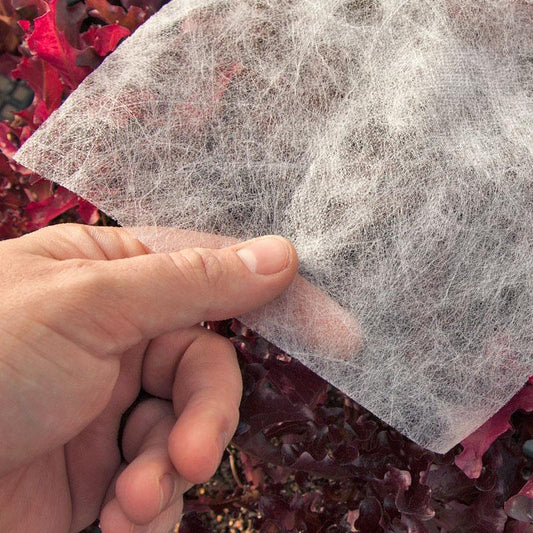
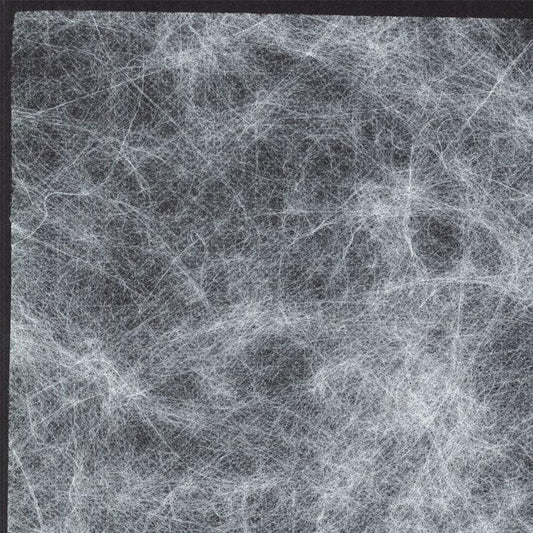
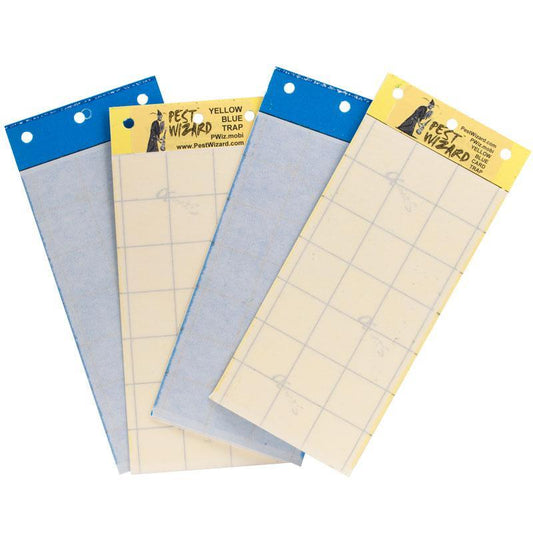
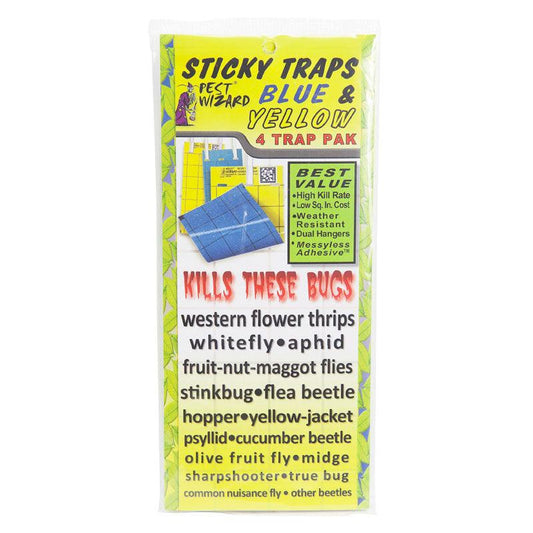
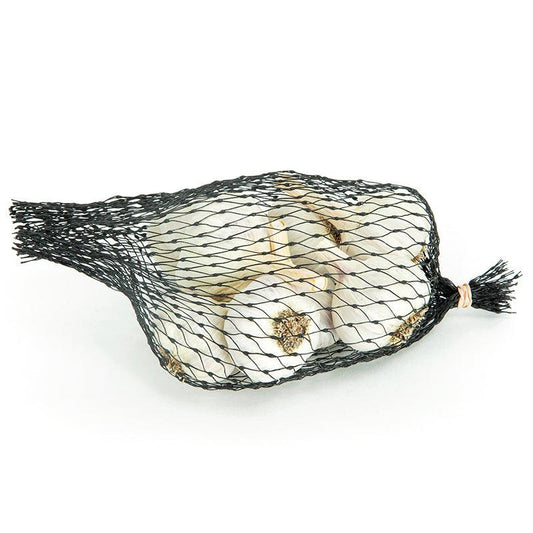
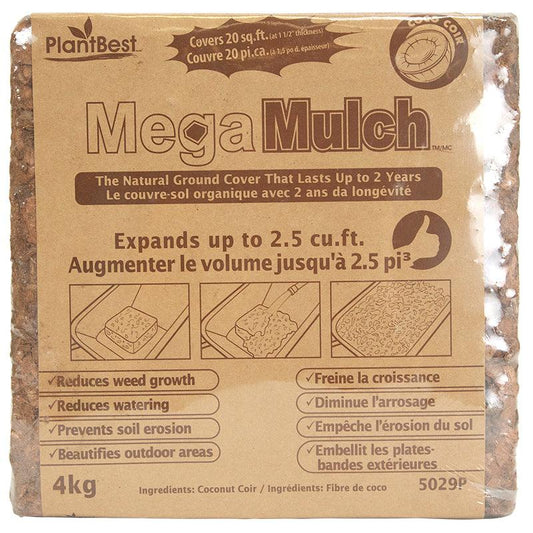
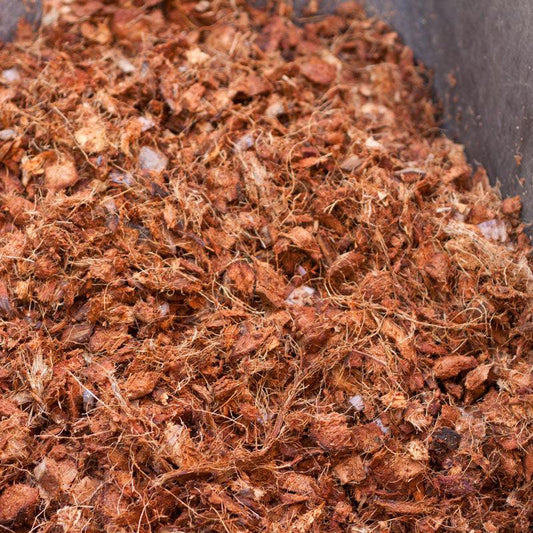
1 comment
A friend gave me several clusters of these Potato Onions, first I heard of them, told me to split them and plant them in the fall, I space mine 4"apart, bury them just past the top of the bulb and let them be till spring. Take about 1/3 and and put them on an old oven rack in an outbuilding to dry out. I don’t break them apart till I plant them next fall. I give a lot of them away for eating or to plant. usually get 3 to 5 bulbs. The longer they are in the soil the bigger they get, but get tough. Good in cooking, to eat and in salads.